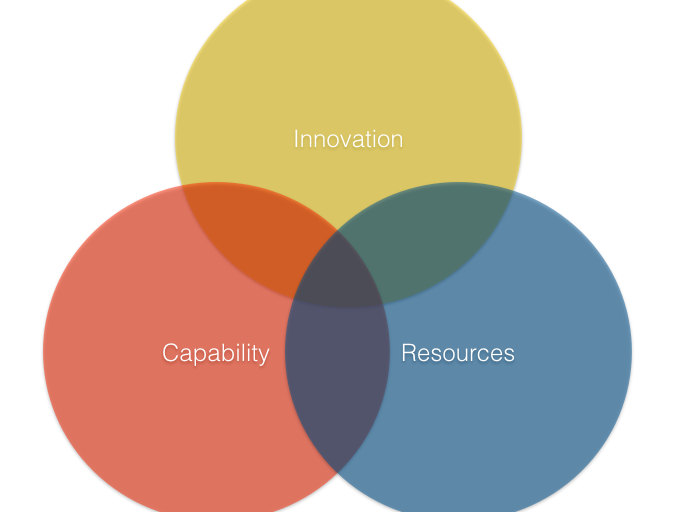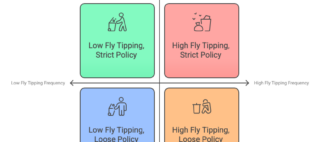In today’s rapidly evolving business landscape, companies are faced with the challenge of striking a delicate balance between maintaining business as usual and embracing disruption. Achieving this equilibrium is essential for organisations to thrive and stay competitive in an increasingly dynamic environment. On one hand, companies need to ensure that their core operations run smoothly and efficiently, meeting customer expectations and generating revenue. On the other hand, they must also recognise the need to innovate, disrupt, and adapt to new market realities, technologies, and customer demands.
Business as usual is crucial to the ongoing success and stability of a company. It refers to the day-to-day operations that are essential for delivering products and services to customers, maintaining relationships with suppliers and partners, and generating profits. This often involves refining and optimising existing processes, ensuring compliance with industry standards and regulations, and managing the company’s workforce. In essence, business as usual is the foundation upon which a company’s long-term success is built.
However, focusing solely on business as usual can be detrimental to an organisation’s growth and competitiveness. With the rapid pace of technological advancements and the emergence of disruptive business models, companies must also be prepared to challenge the status quo, take calculated risks, and embrace change. Disruption involves questioning established norms, experimenting with new ideas, and leveraging emerging technologies to create innovative solutions that meet evolving customer needs and preferences. By embracing disruption, companies can gain a competitive advantage, enter new markets, and unlock new sources of revenue.
Striking the right balance between business as usual and disruption requires a thoughtful and strategic approach. Organisations need to develop a culture that encourages both stability and innovation, fostering an environment where employees feel empowered to contribute to both the continuous improvement of existing processes and the exploration of new opportunities. This can be achieved by clearly communicating the company’s vision and objectives, providing the necessary resources and support, and cultivating a mindset that embraces change, learning, and adaptability. Ultimately, the ability to navigate this balance effectively will determine a company’s long-term success in an ever-changing business landscape.
Innovation, capabilities, and resources are all critical components that contribute to a company’s success. Here’s how each of these elements can help drive growth and competitiveness:
- Innovation: Innovation is the process of developing and implementing new ideas, products, services, or business models to create value and meet market needs. In a rapidly changing business environment, innovation helps a company:
- Stay ahead of competitors by offering differentiated and unique products or services.
- Increase efficiency by improving processes and reducing costs.
- Tap into new markets or customer segments, thereby expanding the company’s reach.
- Enhance customer satisfaction by addressing their evolving needs and expectations.
- Drive long-term growth and profitability by continually adapting to market trends and disruptions.
- Capabilities: Capabilities refer to the unique skills, knowledge, processes, and systems that enable a company to execute its strategy and achieve its objectives. Building strong capabilities helps a company:
- Develop a competitive advantage by excelling in areas that are critical to its success.
- Attract and retain customers by consistently delivering high-quality products and services.
- Improve productivity and operational efficiency by leveraging best practices and expertise.
- Foster a culture of continuous improvement and learning, enabling the organisation to adapt to changing market conditions.
- Enhance collaboration and teamwork, leading to better decision-making and problem-solving.
- Resources: Resources encompass the tangible and intangible assets that a company can utilise to achieve its goals. These include financial resources, human capital, technology, infrastructure, and intellectual property. Effectively managing and leveraging resources can help a company:
- Allocate financial resources to invest in high-priority projects and initiatives.
- Attract, develop, and retain top talent to drive innovation and business performance.
- Utilise technology to improve processes, enhance customer experiences, and gain a competitive edge.
- Protect and capitalise on intellectual property, creating value and differentiation in the market.
- Optimize infrastructure and facilities to support growth and expansion.
Innovation plays a central role in driving disruption, as it enables organisations to develop and implement novel ideas, products, or services that create value and address market needs. By fostering a culture of innovation, companies can better prepare themselves to face market challenges and leverage opportunities that arise from new technologies and trends.
Capabilities, on the other hand, represent the unique skills, knowledge, and processes that allow a company to execute its strategy and achieve its objectives. A strong set of capabilities enables organizations to maintain business as usual while simultaneously embracing disruption. This involves building competencies in areas such as strategic planning, operational excellence, and talent management, which are essential for both maintaining stability and driving innovation.
Lastly, resources – both tangible and intangible – are the assets a company can utilise to achieve its goals. Effective management and allocation of resources, such as financial assets, human capital, technology, and infrastructure, are critical in maintaining business as usual and supporting disruptive initiatives. Companies that can skillfully manage their resources are better positioned to invest in innovative projects, attract and retain top talent, and adopt new technologies that give them a competitive edge.
The ability to strike a balance between business as usual and disruption is closely linked to a company’s innovation, capabilities, and resources, which together form the foundation for sustainable growth and long-term success in a rapidly evolving business environment.




